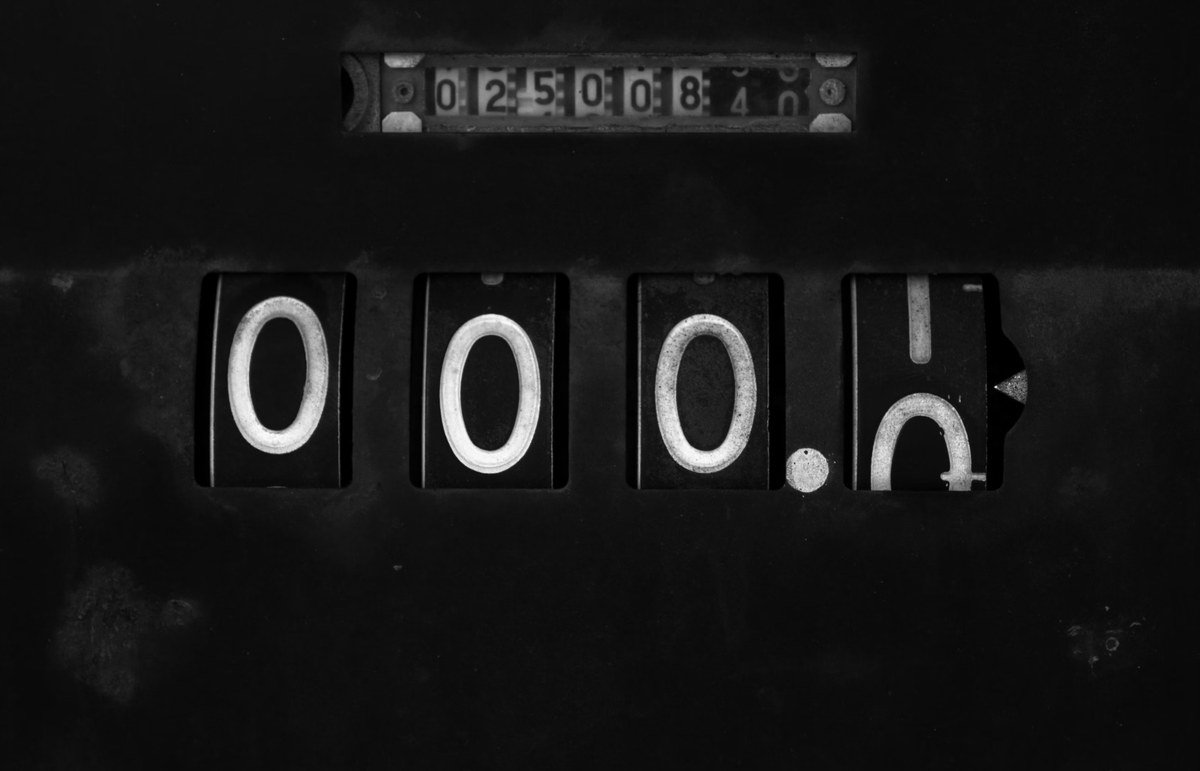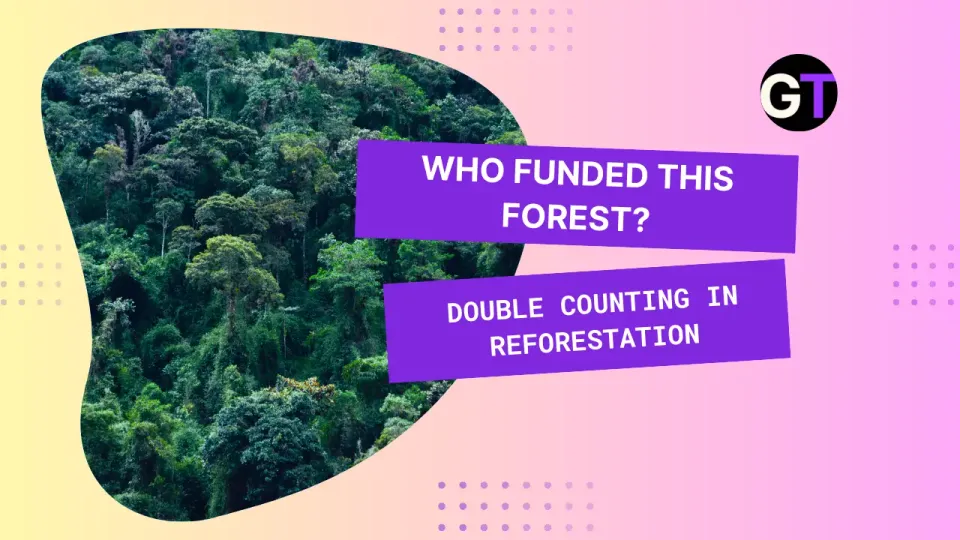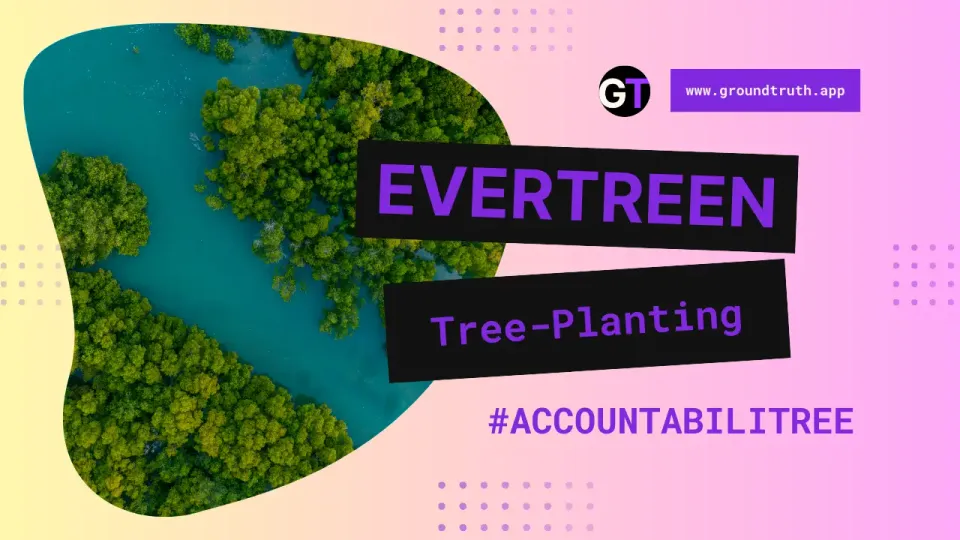How Are Countries Reporting Progress Toward Net-Zero Commitments?
As countries progress toward these commitments, it becomes increasingly important that they monitor, assess and report on their progress.

This article by Chelsea Gómez, Nathan Cogswell and Cynthia Elliott originally appeared on the World Resources Institute website.
A growing number of countries are setting political and policy commitments to achieve net-zero greenhouse gas (GHG) emissions, with many aiming to reach net-zero emissions by 2050. As countries progress toward these commitments, it becomes increasingly important that they monitor, assess and report on their progress. Tracking progress toward net-zero emissions not only allows governments to improve short and long-term planning, but also promotes accountability and transparency, and fosters trust amongst stakeholders.
WRI reviewed a variety of prominent net-zero reporting methodologies and a dozen national net-zero reporting processes to better understand how countries can report on progress towards their net-zero commitments. Our assessment identifies useful information for tracking net-zero progress, the commonalities between national monitoring and reporting net-zero processes and explores how countries can report their progress to the international community to signal increased ambition on net zero.
What Information Is Needed to Understand Net-Zero Progress?
Reporting on net-zero progress can be complex. Monitoring net GHG emissions alone is insufficient to fully assess and provide actionable information. Near-term sectoral and enabling factors such as finance, stakeholder engagement and governance, must also be monitored to demonstrate the credibility of net-zero targets and evaluate the direction of change.
As a starting point, it is important for net-zero targets to be clearly defined with a specified scope and clear legal status. When net-zero targets are enshrined into law with specific timeframes and GHG emission reduction targets for specific sectors, national net-zero policies or roadmaps can be created and be used as a guide to measure progress. Once this is in place, two other supporting elements can be identified for monitoring:
- Sector specific actions such as those in energy, industrial processes and product use, agriculture, forestry and other land use, and waste.
- Cross-cutting enabling actions, which include actions across finance, governance, stakeholder engagement, carbon dioxide removal and just transition. Enabling actions are especially important to monitor as these actions help catalyze sectoral actions and can provide additional insight into whether policies and strategies are aligned with the net-zero target.

A number of different methodologies and frameworks for assessing net-zero progress have been established by organizations such as the Carbon Neutrality Coalition, European Climate Neutrality Observatory, Ecologic and IDDRI, Climate Action Tracker and Systems Change Lab, among several others. While elements of each framework vary, they share some common approaches to understanding and assessing net-zero progress. Many of these frameworks track both sectoral and cross-cutting, enabling actions and use an indicator-based approach for monitoring progress.
Transparent reporting on the use of carbon dioxide removal (CDR) for meeting net-zero targets is also important. Countries should specify separate targets for emission reductions and removals, disaggregation of emissions reduction target by sector, disaggregation of removal by form of CDR, and methodologies and assumptions used in line with Article 6 of the Paris Agreement. This clarity may allow for more direct assessments of progress, otherwise the specific role that CDR will play in achieving net zero may be unknown and lead to concerns that net-zero targets are greenwashing.
In addition to monitoring cross-cutting enabling and sectoral actions to gauge net-zero progress, monitoring aspects of a ”just transition" can provide additional insights into how the transition to net zero is impacting society and assess whether the transition is occurring in a just and equitable manner. Notably, the term itself is context specific, can be highly political and may not be used in favor of other terms such as “ensuring social justice.” Depending on how the country chooses to measure its progress toward a just transition will ultimately depend on the country’s development priorities.
How are Countries Tracking Net-Zero Progress Nationally?
Under the Paris Agreement, countries are not required to set net-zero targets, therefore international requirements for reporting on net-zero progress do not exist. As a result, many countries implement their own national net-zero reporting processes and seek to integrate them into existing mitigation or climate policy tracking efforts, rather than initiate a separate monitoring process.
When reporting on net-zero progress, many countries include information on historic GHG emissions, progress toward net zero, next steps, priorities and recommendations for future implementation. Some reports also include projections of future emissions based on planned policies and additional measures. Reporting is generally led by the ministry responsible for climate change or, in some cases, an independent climate council or advisory body. Notably, not all countries with net-zero targets have fully elaborated their national arrangements for monitoring progress, reporting and review practices, or accountability and advisory frameworks.
Some examples of existing national net-zero reporting practices from Canada, Chile and the United Kingdom showcase some of the similarities and differences in reporting.
Canada
The Canadian Net-Zero Emissions Accountability Act (2021) outlines a reporting process, whereby the Minister of Environment and Climate Change must prepare a report for Parliament on the progress of their emissions reduction plan. This report outlines plans for each of their five-year national emissions reduction targets. Canadaalso utilizes a Net-Zero Advisory Body which provides independent advice, including annual reports on progress achieving the five-year national emissions reduction targets and net-zero emissions by 2050.
Chile
The Climate Change Framework Law in Chile, sets a binding target to reach net-zero emissions by 2050, and decentralizes net-zero implementation, distributing responsibility across several government agencies. According to the new law, the Ministry of Environment must specify GHG emission limits for a variety of sources based on technology, sector or activity. The law also created a Council of Ministers for Sustainability and Climate Change to review climate policies and a Scientific Advisory Committee to provide advice on policy implementation and monitoring. Every two years, a National Climate Change Action Report must be developed to monitor and report on progress, whereas sectoral action plans must be reviewed and updated every five years.
United Kingdom
In the United Kingdom, the Climate Change Act of 2008, mandates the creation of a carbon budget every five years and detailed plans for how the budgets will be met. The Secretary of State is responsible for publishing annual statements of the country’s GHG emissions and reporting on whether the carbon budgets have been met. The UK’s Climate Change Committee, an independent body, is required to report to Parliament on the progress made in reducing GHGs and adapting to climate change impacts. In 2021, an independent assessment of the UK’s net-zero strategy published by the Climate Change Committee found that the strategy presents strong ambition and scope, but for its implementation to be successful the government would need to further elaborate sectoral and enabling policies and address demand-side measures.
How Can Countries Report Internationally on Their Net-Zero Progress?
Countries report under the Paris Agreement every two years (beginning in December 2024) through reports known as Biennial Transparency Reports (BTRs). The BTRs include information on GHG emissions inventories, progress toward Nationally Determined Contributions (NDCs), information on adaptation and climate change impacts, and on the financial, technological and capacity building support provided, needed and received. This leaves a transparency and accountability gap for assessing net-zero progress.
Countries could use the Paris Agreement’s Enhanced Transparency Framework (ETF) to voluntarily share information on their net-zero progress. These include:
- Policies and Measures: Countries are to report on the “actions, policies and measures” that advance implementation of their NDC. These actions, policies and measures are likely to also be relevant to achieving the country’s net-zero target. When describing these policies and measures, countries could voluntarily include how these relate to progress towards their net-zero target.
- Projections: Countries should expect to share projections for their future GHG emissions level, extending out 15 years. While the rules for the ETF make it clear that these projections are not to be used for assessing progress towards the countries NDC, information shared here could highlight whether GHG emissions and removals are trending toward net zero.
- NDC Tracking: One of the core features of the ETF is the frequent reporting on progress made in implementing and achieving a country’s NDC. If the NDC is in alignment with a net-zero target, this may provide relevant information for assessing net-zero progress. Notably, this information, though useful, is unlikely to provide a full picture.
Next Steps
Tracking progress is an important next step after setting net-zero targets and remains essential to facilitate transparency and accountability for governments to meet their climate commitments. To enhance understanding and advance good practices for assessing progress, further research, dialogue and capacity building are needed. For example, researchers and the international community should further refine their expectations for international reporting on net-zero targets and support the establishment of processes for institutionalizing relevant reporting.
Countries with net-zero targets but without a defined net-zero tracking system may wish to engage with their peers from other countries to learn from their experiences and exchange lessons and good practices. These countries should specifically consider how this type of monitoring could be streamlined into existing reporting on national climate plans and what relevant processes can be put in place. Finally, countries with established net-zero targets and national reporting processes should take the lead on reporting their net-zero progress in the BTR to signal a strong commitment to the international community and transparency and accountability in climate action.
License
"How Are Countries Reporting Progress Toward Net-Zero Commitments?" by Chelsea Gómez, Nathan Cogswell, and Cynthia Elliott, was originally published by World Resources Institute (WRI) on October 3, 2024. The cover image is by Chris Craggs / Alamy Stock Photo. It is republished here under a Creative Commons Attribution 4.0 InternationalLicense.




